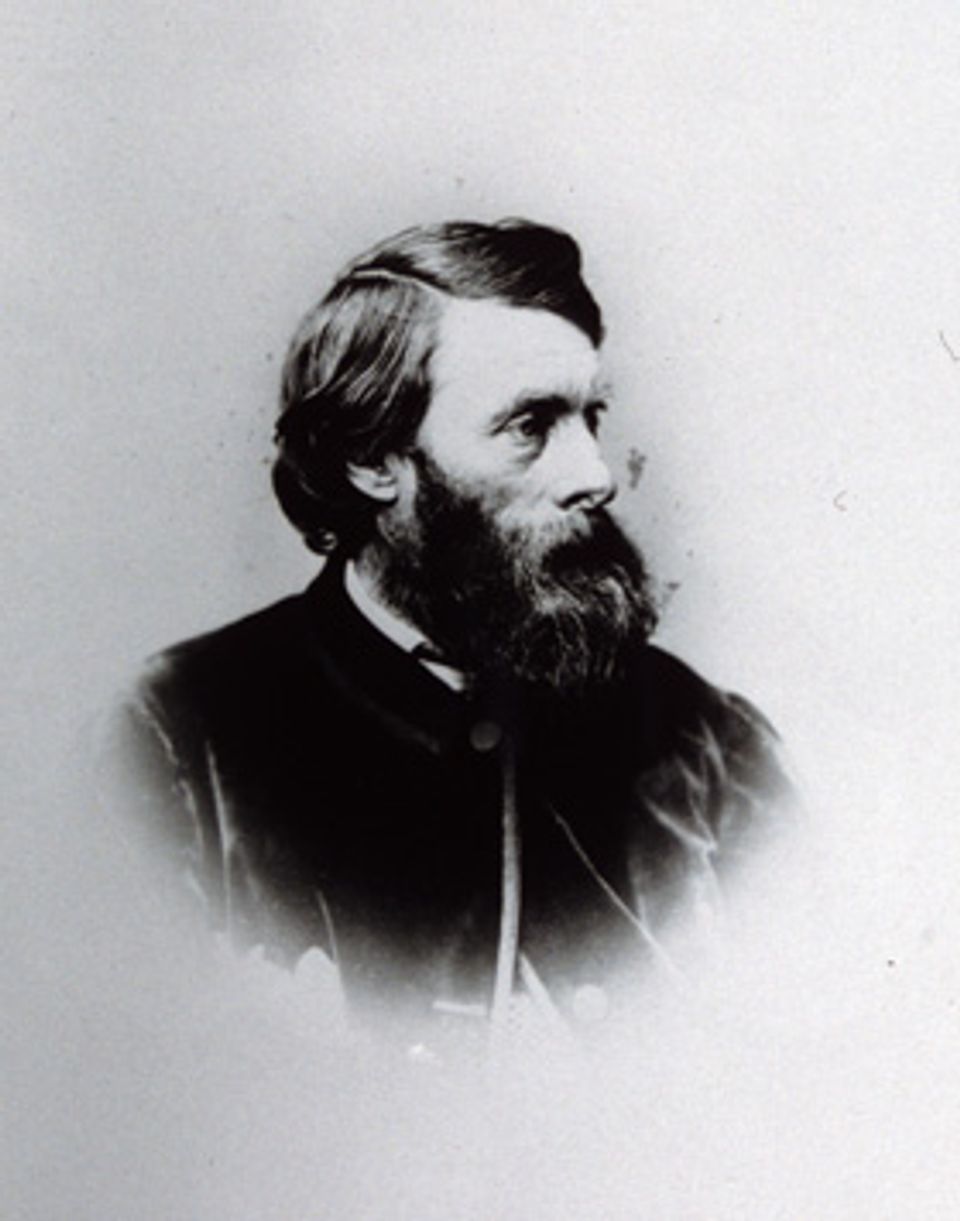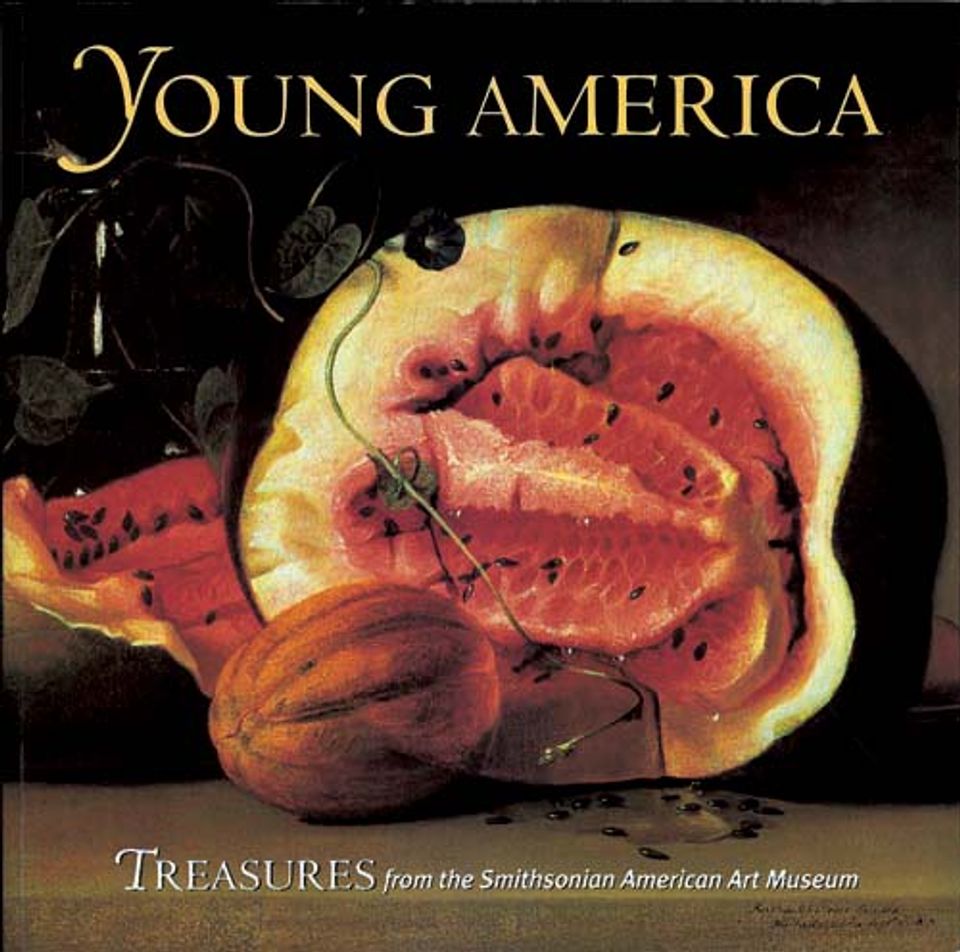Jasper Francis Cropsey

- Biography
Jasper F. Cropsey was born in 1823, the son of a farmer. He was initially trained as an architect under Joseph Trench, who encouraged his interest in drawing and painting. Cropsey soon developed a keen interest in landscape. Throughout the 1840s he supported himself with architectural commissions; among the most notable was New York's Sixth Avenue Elevated Railway. In 1847 Cropsey traveled to Europe and settled in Thomas Cole's old studio in Rome. In 1849 he returned to New York and traveled upstate to devote himself to the landscape work that would eventually bring him prominence as a Hudson River School painter. Cropsey's landscapes reflect his interest in the influence of nature on man's existence, a concept that was fundamental to the Hudson River School artists. He was a founding member of the American Watercolor Society in 1867.
National Museum of American Art (CD-ROM) (New York and Washington D.C.: MacMillan Digital in cooperation with the National Museum of American Art, 1996)
- Luce Artist Biography
Jasper Francis Cropsey grew up on Staten Island, where he sketched landscapes from the window of his family’s farmhouse. He apprenticed to a New York architect and in the early 1840s established his own office (Foshay and Finney, Jasper F. Cropsey, Artist and Architect, 1987). He completed several commissions but after a few years abandoned architecture in favor of landscape painting. Cropsey spent several years in Italy and England, painting images based on studies of nature as well as idealized views of the “old world.” He returned to New York and made many sketching trips around the rivers and mountains of the Northeast. In the late 1860s, Cropsey designed and built his own summerhouse, named Aladdin, which was surrounded by acres of countryside for him to sketch and paint. (Hall-Duncan, A Man for All Seasons, Jasper F. Cropsey, 1988)














